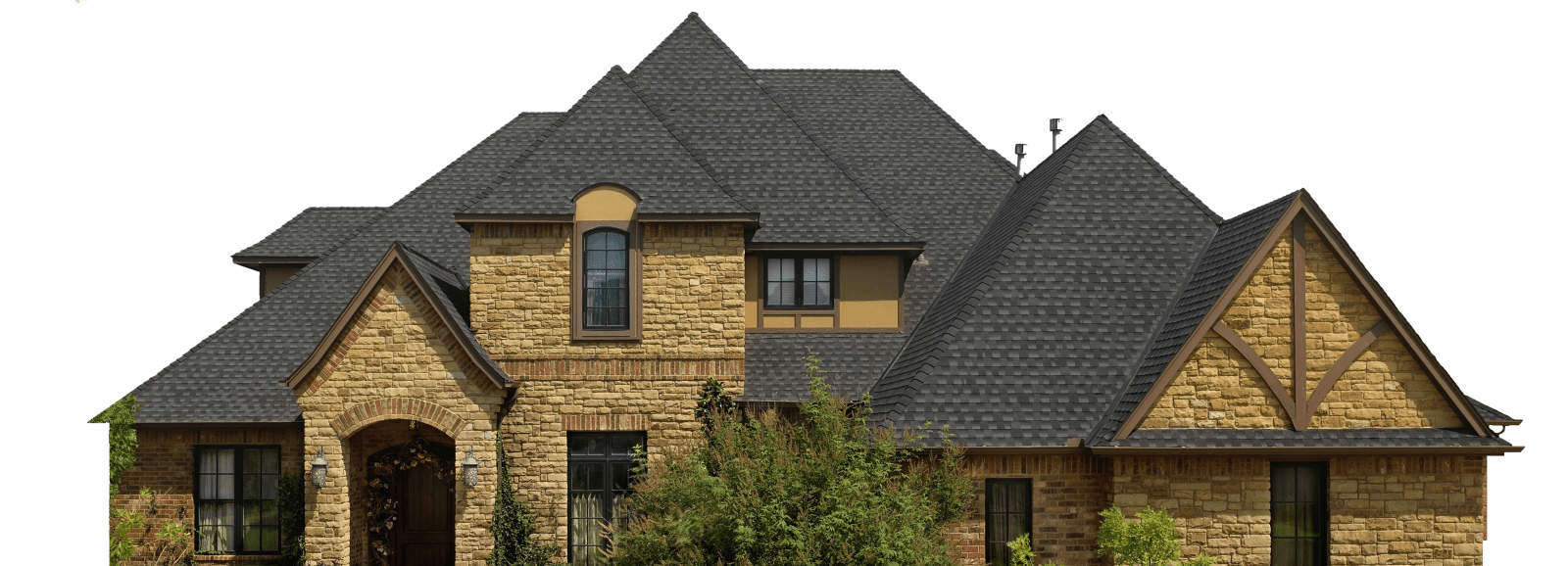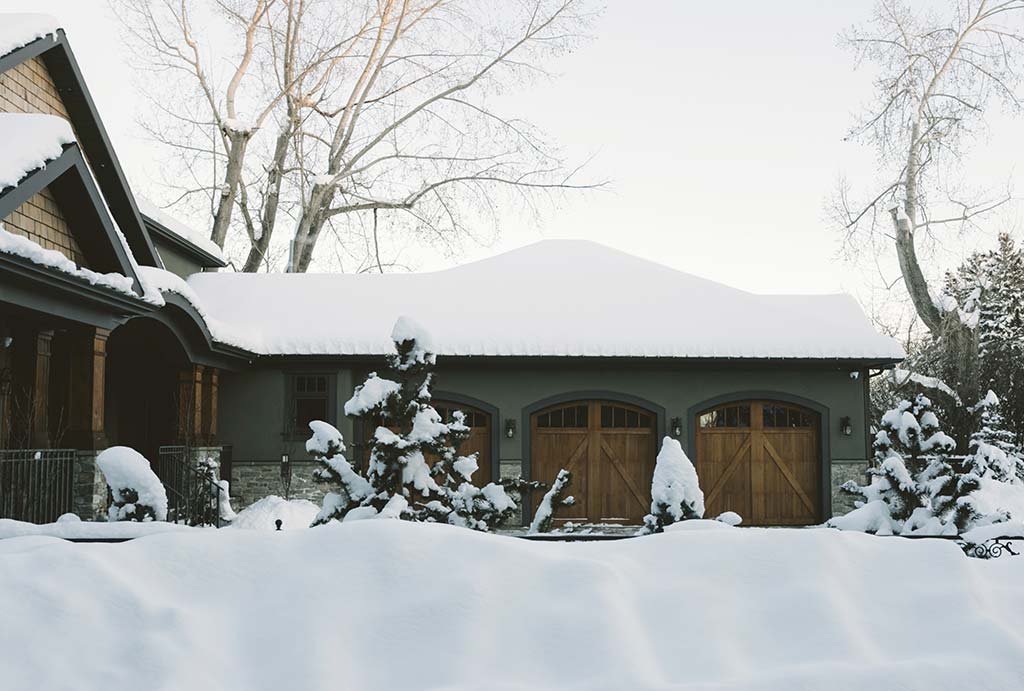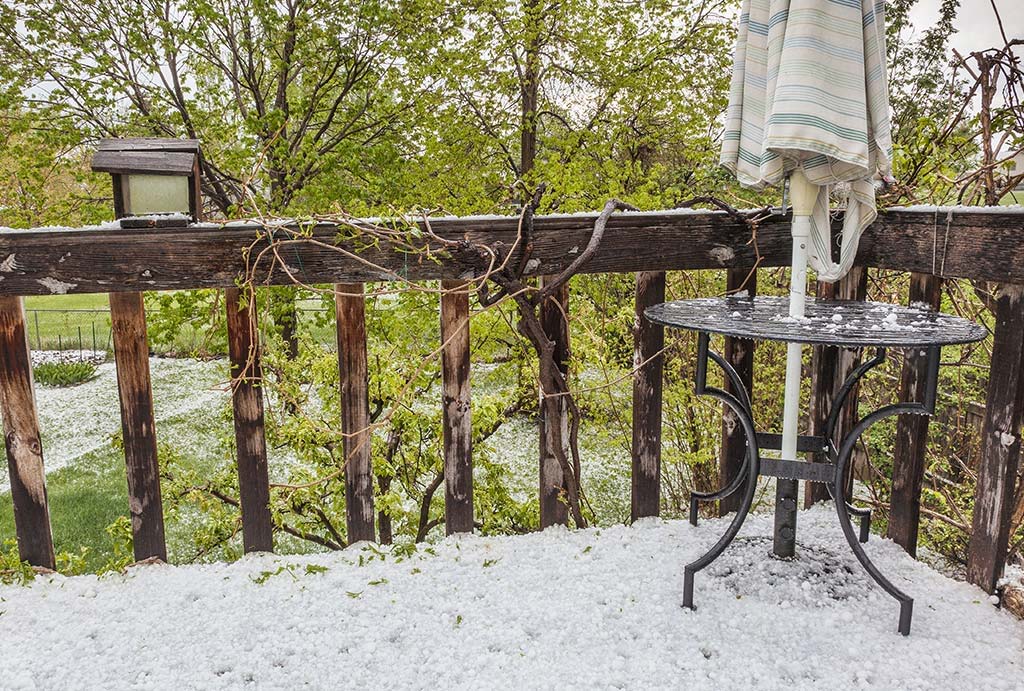Indianapolis Metal Roofing
Buying a roof should be a long-term investment, not one that is repeated every ten years or so
Not many homeowners have the money to consistently throw at roof repairs, either, and that’s okay – you shouldn’t have to. The trick to avoiding this kind of financial drain is to select the right kind of roof the first time around. For many, that means eschewing the traditional asphalt shingles and opting for something a little bit more durable. Metal is a great material for roofing and it’s gaining more and more traction every day, with more homeowners than ever looking into metal roofing thanks to its superior durability.
The team at Stay Dry Roofing want to make your roof shopping experience an easy one. With that in mind, we’ve created a buying guide to help you find the best metal roofing for your needs in Indianapolis. Let’s take a look at the different types of metals from which to select as well as why you might consider opting for a metal roof rather than something a bit more traditional.

GET ROOF REPLACEMENT AS LOW AS $97.42/MONTH
Trust Stay Dry for all your metal roofing needs
What kind of metal can be used for roofing?
The truth is that there are a great many different kinds of metals that can be used for your metal roofing needs. And while it might be tempting to simply pick one that looks the best and move on, it’s important to understand the advantages and drawbacks that each type of metal offers. Some of them excel in one area but fall flat in another, and you want to make sure that you’re making the right choice for your home, your needs, and even your climate. By the time you reach the end of this Indianapolis metal roofing buying guide, the Stay Dry Roofing team hopes you’ll have a more in-depth understanding of which material is the best choice for you.
Aluminum is a lightweight metal that is highly resistant to saltwater corrosion and is durable even under sustained exposure to the elements. It’s an easy roofing material to install, with the sheets of metal used being thinner than other metals and thus easier to work with. With that said, it’s also more susceptible to being damaged due to its light and thin nature, with inclement weather having the potential to seriously damage this type of metal roof. It’s a good choice if you don’t typically see serious weather conditions like heavy storms, however, and is a good choice of roofing material even given its drawbacks.
When it comes to buying the very best metal roofing possible, it’s hard to beat copper. This material is strong, offering optimal function for more than 50 years given proper maintenance, and is resistant to hail, fire, and mildew. It also doesn’t require much in the way of maintenance, so taking good care of it won’t come at a loss of time of finances, either. Because it reflects light, copper is also highly energy efficient, especially in warmer climates as it works to keep your home cooler. That translates to reduced energy costs of up to 25%. And, of course, it’s a highly attractive metal, both in its new, bronze hue as well as the aged green patina it settles into over the years. Copper’s relatively few drawbacks include noise (if installed over an open frame), the tendency of the material to expand and contract, and cost.
If getting as many years out of your roof as possible is your main goal, corrugated metal roofing is a good option. If you opt for aluminum or steel, you don’t have to worry about corrosion at all, either, which is good news because corrugated metal happens to be incredibly strong – without fears of rust, this kind of roofing could last up to 100 years or more when properly installed. It’s also an incredibly flexible metal that manages to retain enough “toughness” to make it through even adverse weather conditions with minimal damage. The biggest drawbacks of this kind of metal roofing are the relatively steep slope needed to ensure water and snow fall off of the roof quickly as well as the expense of the material. You should also make sure to speak with your roofing professionals to ensure that they’re using corrugated metal that has been treated to resist corrosion if it’s not steel or aluminum.
There is a lot to love about steel roofing. The material is very eco-friendly, first of all, thanks to its ability to be recycled. Beyond that, it’s an affordable and flexible metal that offers buyers all manner of designs to select. Much like the other metals in this list, it’s also very durable and resistant to fire, corrosion, and insect infestations, making it a great option no matter the climate.
Stone-coated steel is a hybrid material that offers the best of two different worlds. Stone roofs are often quite attractive and draw the eye of many buyers, however they aren’t the most resilient of materials and can also be quite expensive due to the labor-intensive process of manufacturing and installing them. Metal, as we’ve seen in other descriptions, is a durable material that can last for decades, but it doesn’t have the same “rustic charm” that stone does. Stone-coated steel roofing consists of steel sheets finished with a layer of stone over the top. This allows them to give the appearance of traditional stone shingles while providing the durability and long lifecycle of steel.
The pros and cons of metal shingle roofing should be considered an extension of the pros and cons of the metal from which they are created. Copper shingles, for example, will look fantastic but be rather costly while corrugated metal shingles will last an incredibly long time but potentially stuffer from corrosion issues if the material has not been treated. One big advantage of metal shingle roofing is the ability to achieve the same style offered by traditional asphalt shingles while adding to the lifetime of the roof significantly. There are also many different styles and colors of metal shingles available – it is highly unlikely you won’t find something that suits your tastes.
The standing seam metal roof is an interesting style that is quickly rising in popularity, thanks in part to its unique design. As the name suggests, standing seam metal roofing is comprised of flat metal panels that are flanked on either side by vertical raised edges. These edges are designed to connect with other steel panels, leaving a raised “seam” spanning the roof vertically once installation is complete. This style of roofing can be both eye-catching and low profile depending upon the type of metal and even the style of standing seam roofing you select. While the most common type of panel in this style is, as mentioned, flat, there are curved options that follow the same principle. It’s also available in an array of different colors and metals.
Exposed fastener metal roofing is an economical style that features metal panels fasted to one another via fasteners through overlapping panels. Instead of using a standing seam, in other words, exposed fastener roofing utilizes a fastener like a nail that is pounded into the metal plates directly into the structure below. The fastener is left exposed, though typically painted the same color as the metal being used and doesn’t look quite as seamless as the other options in this section. Still, it is an affordable metal roofing option that looks fine and keeps the roof firmly adhered to your home.
Stay Dry Roofing
Metal Roof Repair
By this point in the guide, we hope the fact that metal roofing is durable and low maintenance has been abundantly clear. That doesn’t mean that it’s infallible, however, and never requires any sort of inspection or repair. There are a few different reasons you might find yourself in need of metal roof repair. One of the most common of these is poor installation. If metal roofs are not installed properly, they won’t perform optimally. This is the same issue that traditional asphalt shingles face – the material is only as good as its installation. That’s why hiring experienced roofers is vital.
Another common reason metal roofs need repair is extreme weather damage. If your roof has been damaged by hail, strong winds, or tree limbs, it might very well do enough damage that you need some repairs, be it metal patches or replacement tiles altogether. It’s a good idea to not only inspect your roof annually, but to do so after particularly serious weather, too. This will allow you to quickly identify any potential issues before they have the chance to impact the overall structural quality of the roof itself.




